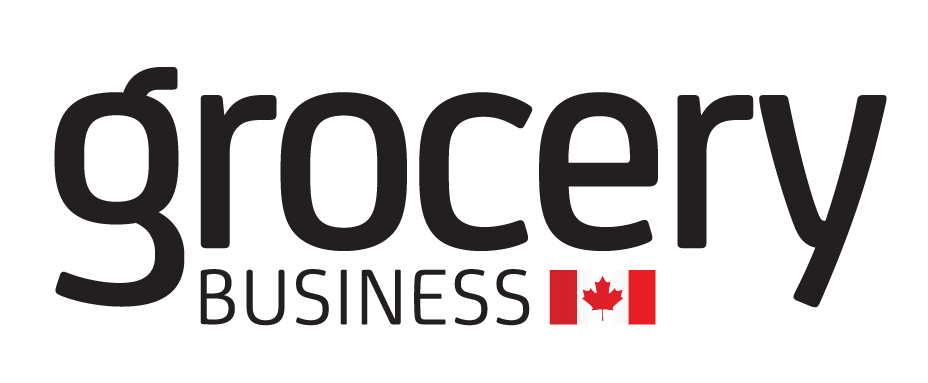
Although low prices and measures like price freezes and retailer comparisons are still crucial in enabling shoppers to cope with their limited budgets, retailers are now exploring innovative ways to provide value.
One such approach is through loyalty programs, which have evolved beyond traditional points-based systems. We highlight five new tactics and initiatives that retailers are using to enhance their loyalty programs and deliver even greater value to their customers.
Tiered programs: Auchan, Portugal
Tiered loyalty schemes have long been a common feature in industries like airlines, hotels, and health and beauty. However, food retailers have been hesitant to adopt this approach due to concerns it could be perceived as elitist and unfairly penalize less affluent customers. Despite this, Auchan in Portugal took the plunge and introduced a tiered program called Clube Auchan, becoming one of the few food retailers to do so. The decision was based on customer research, which revealed that shoppers wanted a tiered system. The program allows customers to progress through three tiers, from fan to super-fan and hyper-fan, with each level offering increasingly valuable benefits. These include free delivery and click and collect, exclusive promotions, free coffee, and discounts on private label products.
Promotional paywalls: Tesco, U.K.
These loyalty schemes combine rewards and penalties, offering discounts exclusively to members while withholding them from non-members. In many cases, they incorporate existing promotional structures within the loyalty program. Widely popular in the U.S., these schemes encourage participation and have proven to be a game-changer for many retailers. One example is Tesco’s Clubcard Prices, which have significantly boosted the company’s value perceptions. The penetration rates of the Tesco Clubcard have surged, with over 85 per cent of customers in large U.K. stores now using the program. Moreover, the success of the scheme has helped Tesco expand into the retail media space. The inclusion of lunch meal deals within Clubcard Prices has also addressed a significant gap in convenience insights, where loyalty penetration has traditionally been low.
Seasonal superchargers: M&S, U.K,
Major seasonal events like Christmas provide a significant trading opportunity for retailers. To maximize the potential for incremental spend, loyalty “superchargers” can be used to increase customer engagement and frequency during these periods. One recent example is M&S, which offered its 16 million Sparks loyalty card members a digital advent calendar featuring 12 days of rewards last December. Each day, members were granted access to a mix of personalized offers and free treats, which had to be unlocked within 24 hours on M&S.com or 48 hours on its app. The campaign was a resounding success, with over one million rewards redeemed, surpassing the previous year’s figures by more than 400 per cent.
Gamification: Ritchies IGA, Australia
Gamification has become a proven success in terms of fulfilling certain objectives. Done well, it can deliver in terms of recruiting new members, digitizing loyalty, and driving frequency and basket size. Its “Ritchies Gold Rush” campaign was a six-week initiative aimed at incentivizing store visits through instant supplier-funded prizes. The mechanics of the game were designed to generate additional engagement, with lucky draws adding to the excitement. As a result, the campaign resulted in a significant increase in visit frequency, with footfall rising by 17 per cent.
[subhed] Subscriptions and memberships: Circle K, U.S.
In an effort to provide customers with additional benefits, many retailers have upgraded their loyalty programs to include a paid-for option. These upgraded programs often focus on grocery ecommerce and provide perks such as free delivery, category-specific savings, or private label discounts. Similarly, foodservice providers have launched subscription programs centred around beverages, offering excellent value for customers. For instance, Circle K’s subscription program allows customers to enjoy a tea, coffee, Froster slushy, or Polar Pop fountain drink every day for a month for just US$5.99. With more than 380,000 active subscribers, this program has become a significant footfall driver for Circle K and has opened up opportunities for cross-selling food.
Stewart Samuel is director of Retail Futures, IGD

